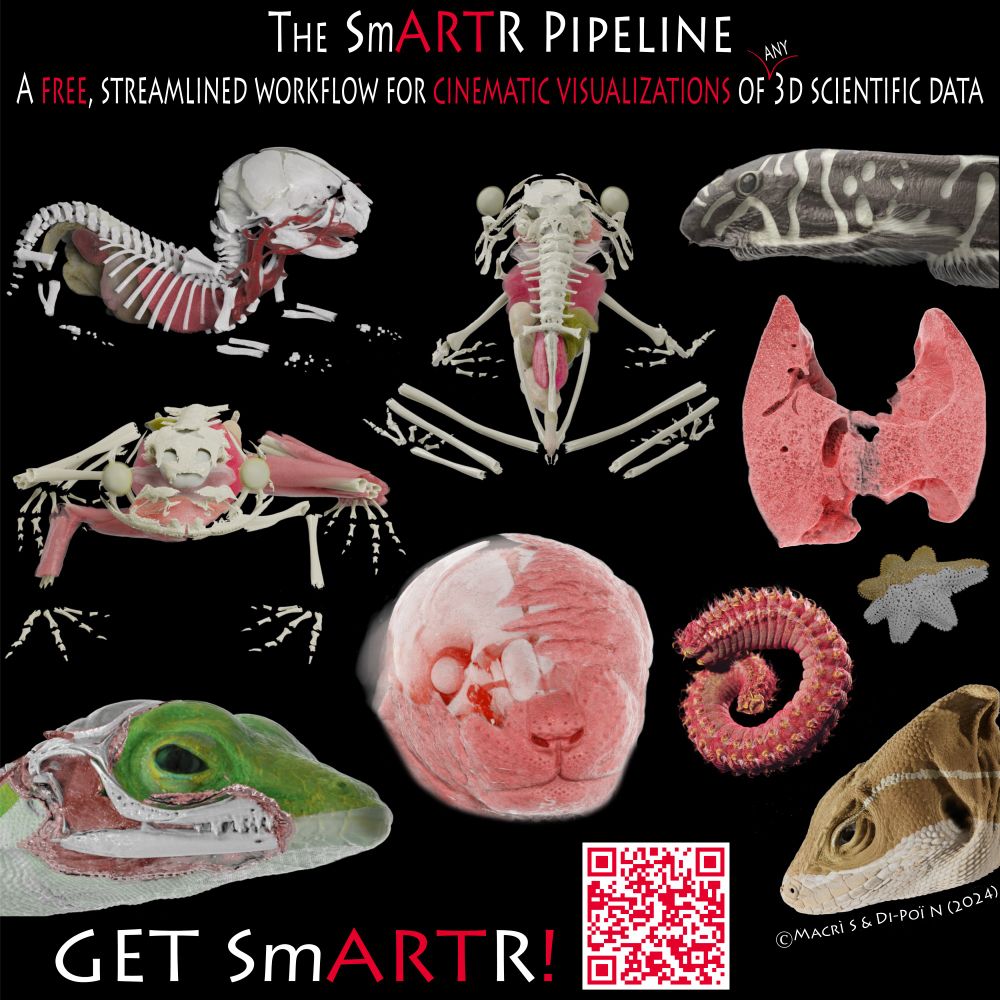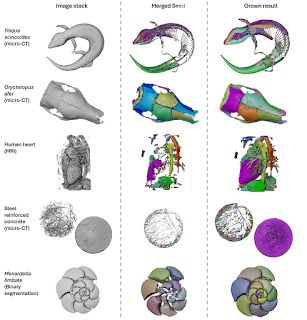📖 Exploring the Evolution of Our Ancestors: On the Human Track 🌍
It shows how diet, brains, locomotion & skin shaped our bodies through evolution—written for both students & curious readers.
👉 Routledge, Amazon, Indigo, Barnes & Noble, ...
@crcpressphysics.bsky.social
📖 Exploring the Evolution of Our Ancestors: On the Human Track 🌍
It shows how diet, brains, locomotion & skin shaped our bodies through evolution—written for both students & curious readers.
👉 Routledge, Amazon, Indigo, Barnes & Noble, ...
@crcpressphysics.bsky.social

royalsocietypublishing.org/doi/10.1098/...

royalsocietypublishing.org/doi/10.1098/...
The tail of a seahorse has a square section ⏹️, it's prehensile and covered in armored plates. If you #µCT scan it (rendering in right image), you'll see the plates interlock around the vertebrae. But why a square? (1/2) 🧪 #science #fish
www.science.org/doi/abs/10.1...


The tail of a seahorse has a square section ⏹️, it's prehensile and covered in armored plates. If you #µCT scan it (rendering in right image), you'll see the plates interlock around the vertebrae. But why a square? (1/2) 🧪 #science #fish
www.science.org/doi/abs/10.1...
In my newest article, published in The Conversation, you can learn about how beak size affects the singing and #evolution of songbirds. 🪶
theconversation.com/hard-bites-a...
#ornithology #scicomm #science

In my newest article, published in The Conversation, you can learn about how beak size affects the singing and #evolution of songbirds. 🪶
theconversation.com/hard-bites-a...
#ornithology #scicomm #science

www.nature.com/articles/d41...

www.nature.com/articles/d41...


